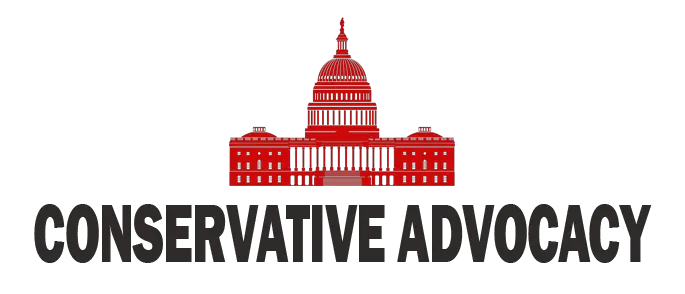Affordability has become a hot topic in the United States lately, with many Americans feeling the pinch of rising costs. The White House is taking notice and is on a mission to address these affordability issues. In a recent discussion, it was noted that some of the benefits from tax cuts aimed at the working class may not come into play until next year. However, 2026 is being touted as the year when affordability will truly improve. This is good news for American families who are hoping for some much-needed relief.
With inflation reportedly on the decline and energy prices dropping, many believe that interest rates should be lowered significantly. Doing so would allow folks to breathe a little easier, particularly when it comes to housing costs. As the government gears up for more legislative action, many are optimistic that more money will be back in the pockets of the average person next year. The excitement was palpable as representatives discussed potential solutions, painting a bright picture of what could lie ahead.
As Thanksgiving approaches, the worry over grocery prices is intensifying. This is especially relevant in New York, where people feel the weight of these rising costs most acutely. Recently, there was a notable meeting between the President and New York City’s Mayor-elect, Zohar Mamdani. This surprising and friendly exchange showed a united front concerning tackling the high costs of living that plague many families in urban areas. They both acknowledged the need to make living in New York City a realistic goal for working families rather than a distant dream.
Yet, affordability isn’t the only issue on the President’s radar. In addition to economic woes, he has been vocal about the actions of certain Democratic lawmakers. Some have urged U.S. troops to refuse what they deem illegal orders, which have sparked serious concerns about loyalty and responsibility within the military. The President is asserting that these Democrats should face consequences for their actions, further igniting the political debate and showcasing the growing divide between the two parties.
On the legislative front, Republicans have been proactive in crafting solutions under the “Save the American Dream Act.” There are pressing concerns about high-interest rates impacting first-time homebuyers, as younger generations struggle to afford homes. The call for reducing inflation rates and increasing housing supply remains urgent. Recent discussions have emphasized the need for the federal government to step back from stringent regulations that complicate building new homes. Having a mix of good policies and reducing bureaucratic hurdles seems to be the game plan aimed at enhancing affordability.
As various stakeholders gear up for a possibly transformative year ahead, there’s hope that American families will see improvements to their financial well-being. With a focus on lowering costs in housing, utilities, and groceries, this economic strategy aims to make life a little more manageable. As midterm elections approach, staying attuned to these developments will be crucial for voters. After all, a lot can change in a short time, and many Americans are looking forward to the changes promised for the coming year.




